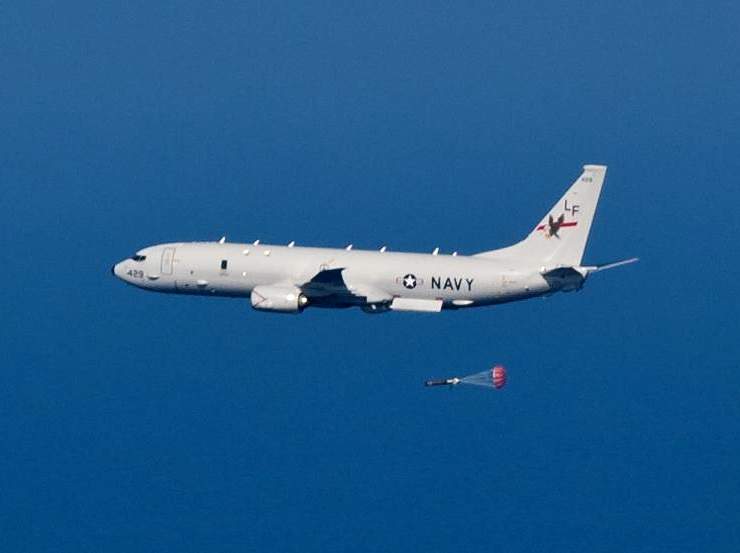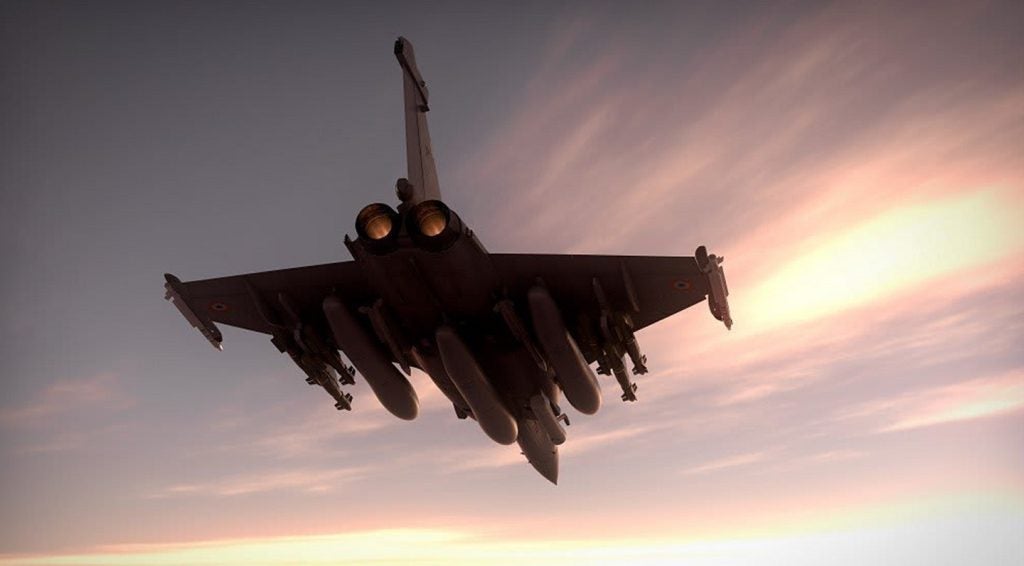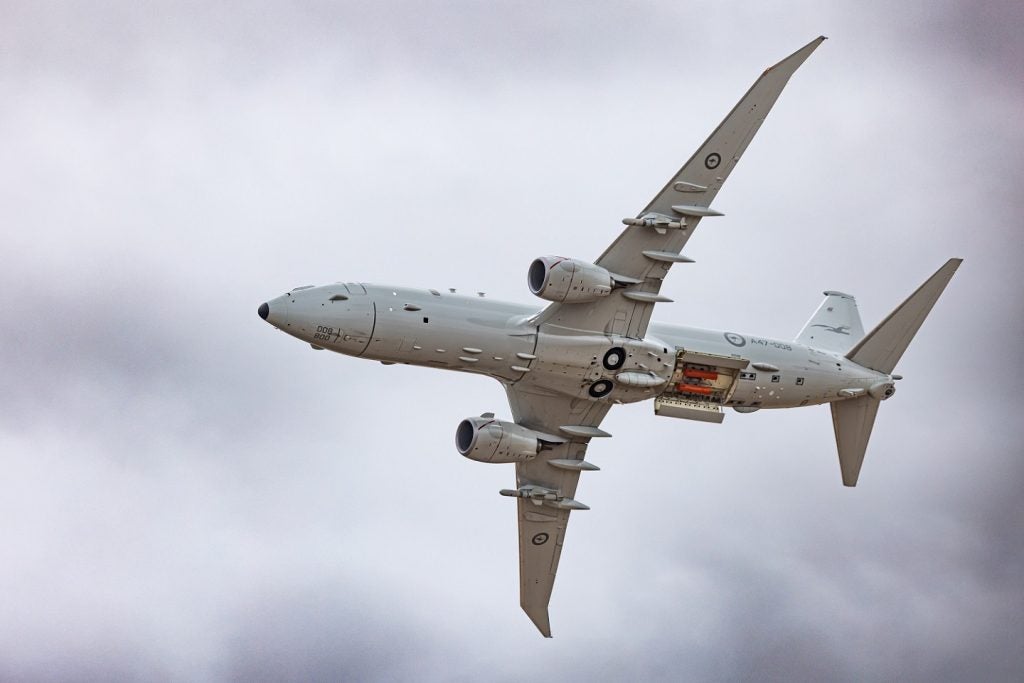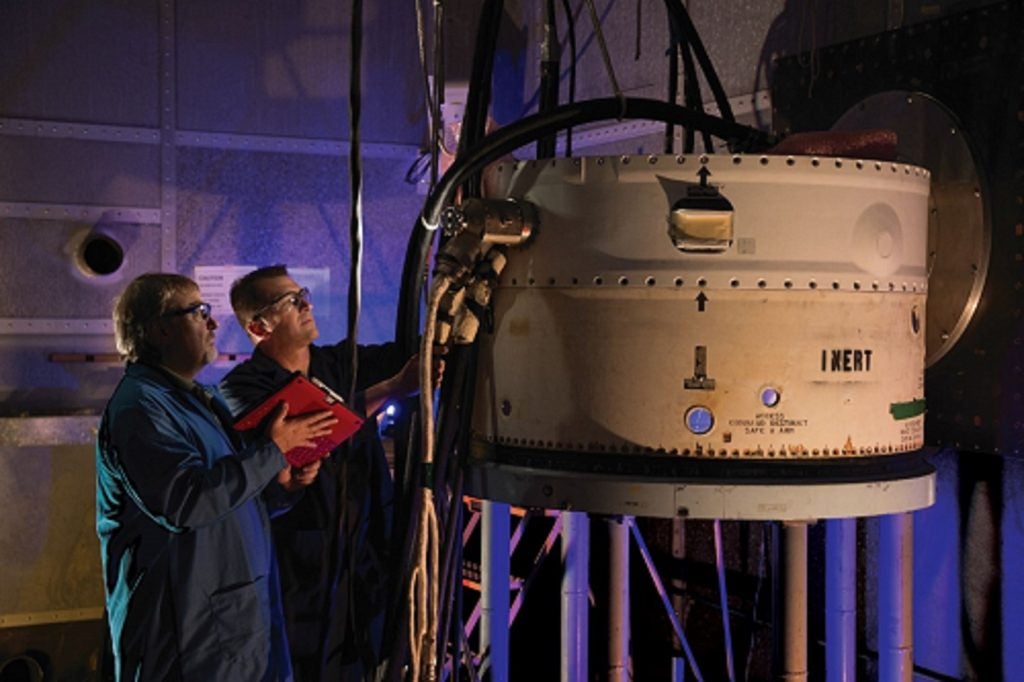
There is perhaps more than a touch of déjà vu about the recent signing of an agreement between the US, the UK and Norway to establish “a trilateral partnership with P-8A aircraft to address the changing security environment in the North Atlantic.” It signals a return to the kind of co-ordinated approach to anti-submarine warfare (ASW) that has not been seen since the days of the old Soviet Union, when maritime surveillance aircraft flew from Norway, Scotland and the US base at Keflavik to guard the Greenland-Iceland-UK (G-I-UK) gap.
While no one has explicitly said that growing Russian assertiveness, both regionally and within Moscow’s wider sphere of influence, is the driver, after events in Crimea and Ukraine, few would doubt that it is. It does, after all, take something big to reverse the policy decisions of the previous decade that saw the US withdraw from its Icelandic airbase, the UK abandon its Nimrod replacement programme and Norway dragging its feet over replacing its own fleet of P-3s.
However, beyond the return of what the director of the Atlantic Council’s Transatlantic Security Initiative, Magnus Nordenman, has described as the ASW “triangle that existed in the Cold War”, how will the deal work, and what else does it have to offer?
According to Pentagon sources, “nothing is set in stone” and the joint statement issued at the end of June, when the agreement was signed, is fairly vague about just what this new partnership will mean in practical terms. Fewer than 100 words in length, it speaks of “a statement of intent to lay out guiding principles”, working together “to improve North Atlantic security efforts” and establishing “further cooperation in areas such as readiness, enhancing defence capability, and interoperability.”
Although details of exactly what the deal entails seemingly remain to be ironed out, it has been heralded as a great opportunity for enhanced joint cooperation between model allies, and one which could become the pattern between NATO members and partners in future.
Partnering Poseidon
In many respects, June’s agreement is both logical and inevitable. Logical in that all three partners have selected Boeing’s P-8A Poseidon to provide their maritime patrol capability, and inevitable because the geography of all three places them back on the newly renewed frontline of ASW – the G-I-UK gap. The new tri-partite deal in effect builds on existing US-UK and US-Norway agreements over the forthcoming purchases, and recent UK-US and UK-Norway accords over enhanced bilateral maritime defence collaboration.
How well do you really know your competitors?
Access the most comprehensive Company Profiles on the market, powered by GlobalData. Save hours of research. Gain competitive edge.

Thank you!
Your download email will arrive shortly
Not ready to buy yet? Download a free sample
We are confident about the unique quality of our Company Profiles. However, we want you to make the most beneficial decision for your business, so we offer a free sample that you can download by submitting the below form
By GlobalDataWith London and Oslo both having signed up to purchase Boeing’s P-8A Poseidon – nine and five, respectively – but not due to receive them for some years and Russia now preparing for what the former commander of US 6th Fleet, Vice Adm. James Foggo III, has called the “Fourth Battle of the Atlantic”, the aviation equivalent of carpooling the P-8 makes obvious sense.
Under existing bilateral agreements between the US and the UK, American P-8s will be able to operate out of the revamped and repurposed base at Lossiemouth on Scotland’s Moray Firth, which will be home to the UK’s own fleet from 2019. With Norway not scheduled to receive the first of its aircraft until 2022, a similar arrangement allowing US P-8s to fly from Norwegian airfields would fill a surveillance gap in that corner of the triangle, and potentially allow Norwegian crewmembers to begin training on Poseidons ahead of getting their own.
Bolstering capabilities
The P-8A will be a potent bolster to NATO ASW capabilities, which many see as having weakened significantly over recent decades. Selected by the US Navy back in 2004 to succeed the Lockheed P-3C Orion, the Poseidon is a derivative of the Boeing 737-800ERX airliner, and comes with advanced ASW, anti-surface warfare (ASuW) and intelligence, surveillance and reconnaissance (ISR) capabilities.
The avionics mix consists of the Raytheon APY-10 multi-mission maritime patrol radar, Northrop Grumman ALQ-240 electronic support measures suite and advanced airborne sensor surface search radar, rounded off with the AAR- 54 missile warning system. Included in the aircraft’s armament are five internal and six external stations for AGM-84H/K SLAM-ER, AGM-84 Harpoon, Mark 54 torpedo, and a High Altitude Anti-Submarine Warfare Weapon system. With an operational ceiling of 41,000 ft (12,496 m), a cruising speed of 440kn and 1,200 nautical miles of combat radius, there is no doubt that the tri-nation Poseidon partnership will bring a major boost to maritime capability in the Scotland-Norway-Iceland triangle.
The benefits of this close cooperation, however, go further than just better ASW, ASuW and ISR. Maximising the sharing of logistics, support and maintenance facilities, coordinating and optimising the actual deployment of maritime patrol aircraft and prioritising intelligence exchange and interoperability should result in both increased value for taxpayers and greater operational effectiveness.
It could also result in some serious procurement cost reductions too. Last September Vice Adm. Joseph Rixey, director of the US Defense Security Cooperation Agency spoke of expanding a programme that allows NATO members to pool their resources in order to enable block-buying of equipment systems for the likes of the P-8. It could herald something of a revolution for nations such as Norway, since a small fleet is disproportionately expensive as a stand-alone, with all the overheads, maintenance burdens and spare part inventory set off against just five aircraft.
Sharing some of those costs as part of a larger group purchase, and ideally benefitting from the economies of scale typically associated with larger procurement numbers, could be a game changer, particularly if the three-way P-8 partnership proves successful, and becomes the norm for other platforms and systems. Before very much longer, the US, UK and Norway will also all have the F-35 Lightning II in common; the door could yet be open for a Poseidon-style collaboration here too.
Russian spotlight
It all fits with an increasing trend that has seen a growing number of bilateral defence partnerships, from Franco-German agreements to share airbases and transport aircraft, right up to deals which set the German and Dutch armies and navies on course for integration. At the same time, special multi-national coalitions have also been forming around common regional interests and the threat of what Edward Lucas, Senior Vice-President at the Center for European Policy Analysis (CEPA) has called a “revisionist and rapidly rearming Russia.”
Thus Sweden, Finland, Estonia, Latvia, Lithuania and Poland focus on the Baltic, Romania, Bulgaria and Turkey look to the Black Sea, and the US, UK, Norway, with their new P-8 deal, now clearly intend to keep an even more careful eye on the North Atlantic.
While NATO allies and partners will, undoubtedly, be keeping a close watch on how this three-way collaboration works as a possible blue-print for their own future relationships and procurement policies, Moscow is certain to take a keen interest in developments too. Never has ‘carpooling’ been so much under the spotlight.







